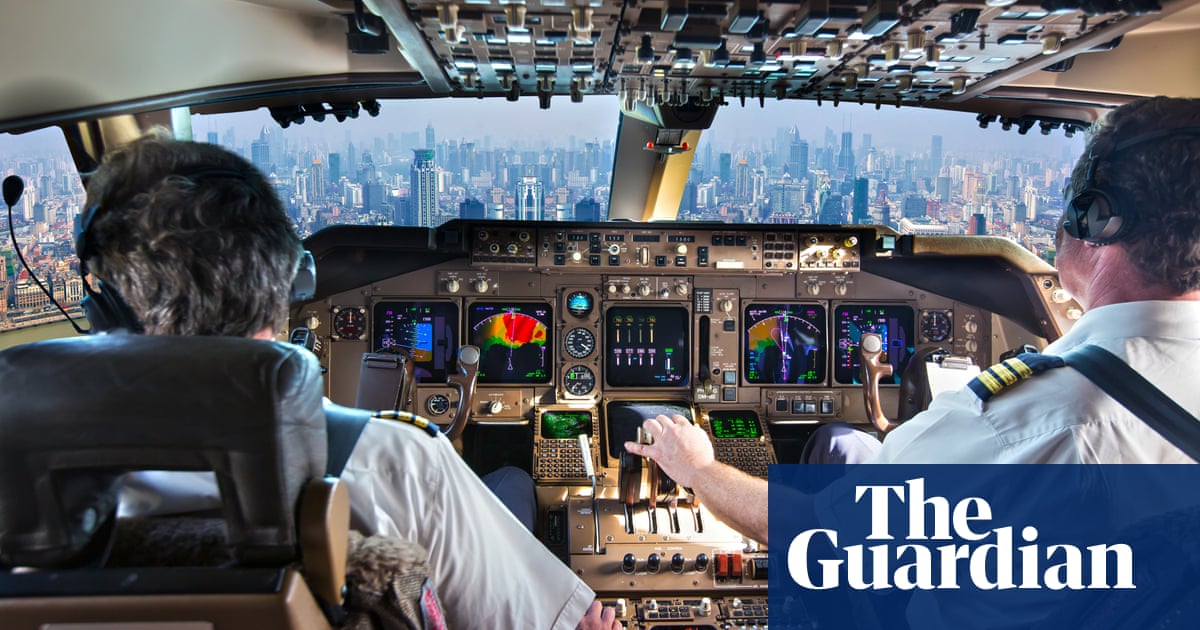Aerospace giants have been accused of putting profits ahead of safety as officials consider cutting the minimum number of pilots required on commercial flight decks from two to one.
The move, which is currently being evaluated by the European Union Aviation Safety Agency (EASA), would weaken standards to the “lowest common denominator”, the world’s largest union of airline pilots has warned.
“This threat is not something that is 10, 15, 20 years away,” Capt James Ambrosi, president of the Air Line Pilots Association, which represents more than 78,000 pilots in the US and Canada, said. “It’s something that, quietly, Airbus, has been working on. It’s not what they are marketing it to be.
“The US has the safest aviation record in the world. We need to improve the standard for everybody, not just go to the lowest common denominator.”
EASA is looking at the safety of extended minimum crew operations (eMCO), where one pilot would leave the flight deck to rest during long flights, leaving one pilot at the helm. While many long-haul flights currently staff three pilots on the flight deck, so that pilots can alternate rest, eMCO would eliminate this standard.
The reduction was proposed by aircraft manufacturers Airbus and Dassault. EASA is also investigating the safety of single-pilot operation for cargo flights.
“Technologically, it is feasible,” Christian Scherer, CEO of the commercial aircraft business at Airbus, said in a February interview with the Sunday Times of London. “And bear in mind, if you go to a one-man cockpit, you might as well go to a zero-man cockpit. Because it all needs to cater for the eventuality that this one guy just ate a bad oyster and is incapacitated and the aeroplane has to take over. So one pilot or zero pilot is effectively the same thing.”
The Air Line Pilots Association, which recently fended off efforts to raise the retirement age of pilots from 65 to 67, sees a potential reduction in the number of pilots on the flight deck as a big, emerging safety threat.
The union published a report in June on the concerns over efforts to reduce the number of pilots on the flight deck of commercial aircraft, cautioning that there is “no replacement” for the safety benefits of having “at least” two pilots on the flight deck at all times.
Workloads and fatigue would increase if single pilot flights were permitted, the report argues, adding that the risks posed by the incapacitation of a pilot would increase.
In a statement, the European safety agency said: “For EASA, the overriding consideration is that safety must not be compromised. Operations must therefore be demonstrably at least as safe as the current two-pilot operations are today to gain approval.”
The agency noted there is no firm timeline on introducing a pilot-reducing operation. The possibility of pilot reductions wouldn’t occur until at least 2027, but could have global implications and impact flights to and from Europe and the rest of the aviation industry.
Airbus and Dassault did not respond to requests for comment.
“Everything that’s being driven when you look at crew sizes and inspections, it’s really driven by profit motive, it is not driven by safety,” said Greg Regan, president of the AFL-CIO’s transportation trades department. “That’s been true in railroads. It’s true in aviation. It’s the reason why the oversight inspections of Boeing were so lacking. It was geared towards: ‘how do we maximize profit on this?’ And we’ve seen it go way too far.”
Labor unions continue to push back against efforts by the railroad industry – which was rocked last year by an explosive fire from a derailed train carrying hazardous chemicals in East Palestine, Ohio – to reduce crew members on freight trains from two to one.
The railroad industry is currently suing the US Department of Transportation after it finalized a rule in April 2024 first proposed under the Obama administration to mandate a minimum of two crew on railroad freight in the US.
Should Donald Trump win the 2024 presidential election, the rule “is certainly something that could be subject to change”, added Regan, unless legislation is passed codifying the requirement into law.
Under the Trump administration in 2019, regulators withdrew the two-person crew rule and nullified all state laws that mandated the two-person crew minimum.
“East Palestine was a perfect example of why and how two crews are necessary because of how they worked together to make sure the disaster wasn’t worse,” said Regan. “There’s a reason why we have regulators and lawmakers who are putting safety legislation in place and there’s a reason why qualified and professional pilots, engineers, conductors are so vital to ensuring that we have safe operations of every transportation system in our country.
“To take the profit motives into account as seriously as you do the safety motives, I think, would be really foolish.”
